United Arab Emirates Struggles to Recover From Record Rainfall as Desert Nation is Heavily Flooded
Dubai may be known as a desert city, but the heavy rainfall that hit the city in April 2024 sent shockwaves worldwide.
In the days following the event, the city struggled to return to normal, leaving holidaymakers stranded and residents having to pay to have water pumped out of their homes.
Heaviest Rainfall in History
Dubai is hardly known for dealing with rain, so the shock rainstorm in April puzzled many.
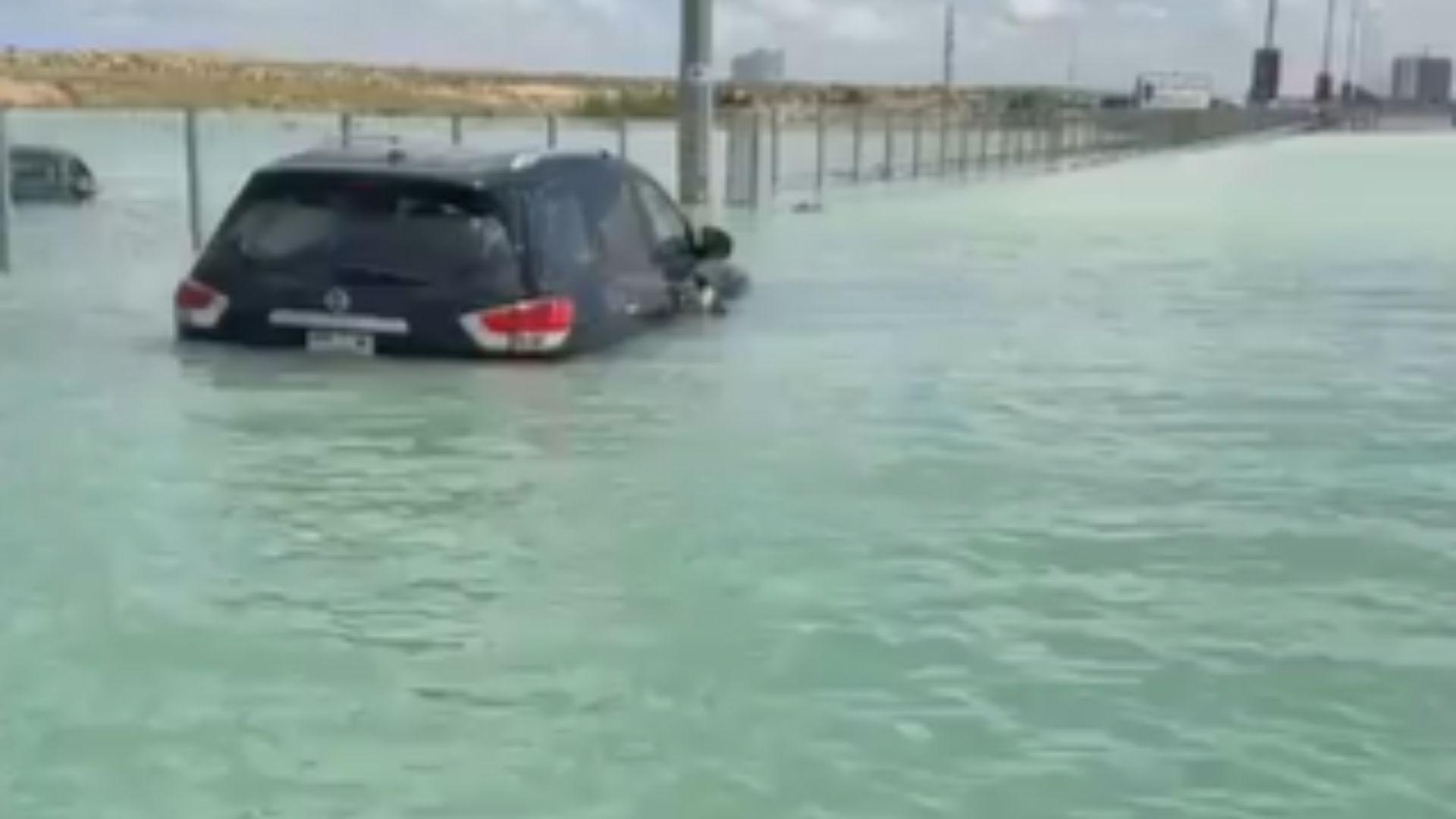
Source: @justq888/X
The AP Press reports that this was the heaviest rainfall since records began in 1949. The city saw 5.59 inches of rainfall in 24 hours, even though in an average year, it tends to see 3.73 inches.
Like Living Through an Apocalypse
Many living in or stranded in Dubai have compared the flooding on X to living through an apocalypse.
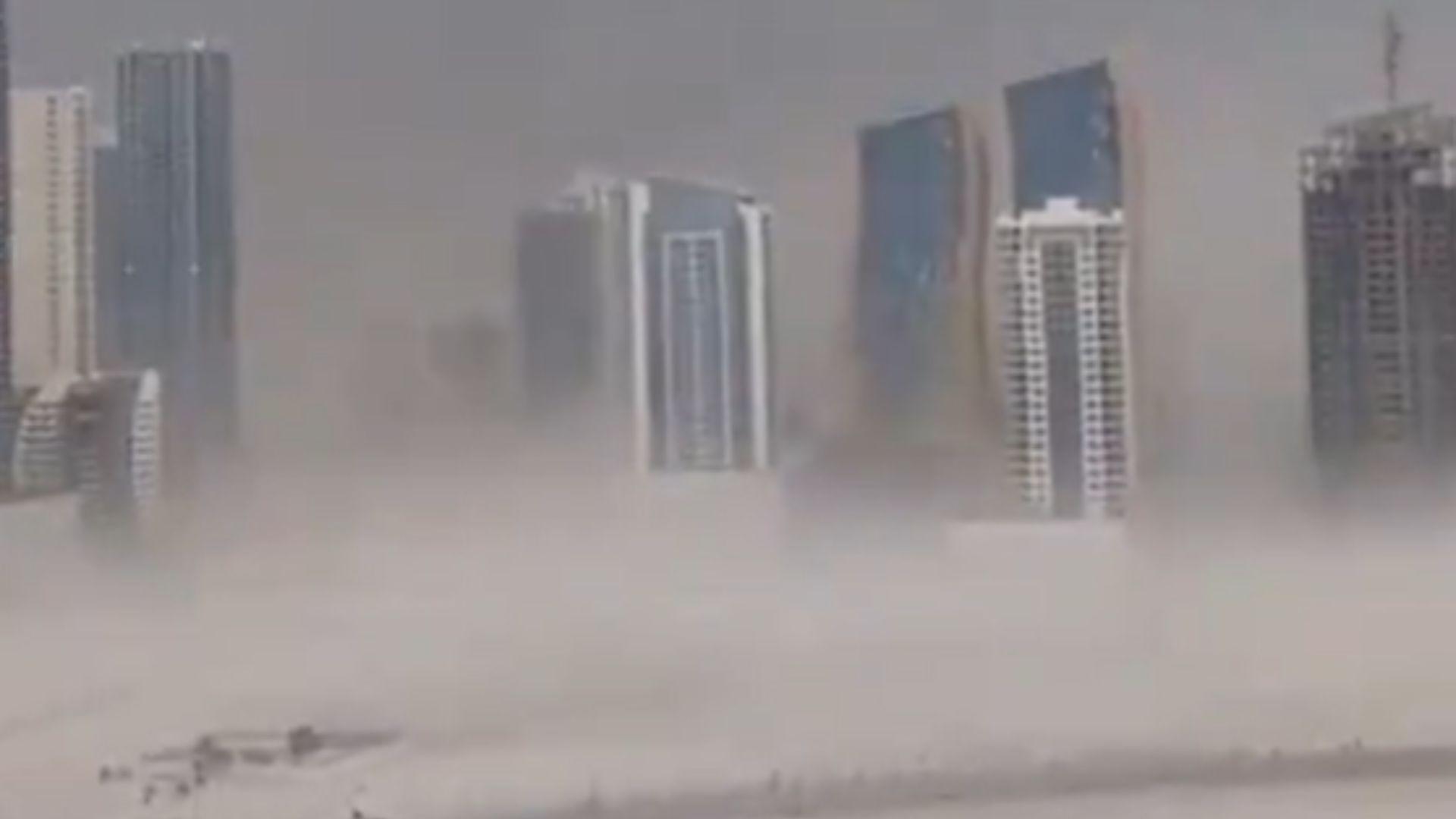
Source: @Northistan/X
Many users shared videos of the situation online, which showed lightning striking buildings, trees falling down in seconds, and extensive damage to roads and buildings.
Absolute Carnage at the Airport
Dubai holidaymakers weren’t exactly expecting to end their holiday on such a low note as flooding at the airport left them stuck and unable to get home.

Source: @AshleyB_me/X
Many flights were canceled, and passengers were not given any further information about how to get home or what to do.
The Airport Needed 22 Tankers
The sheer amount of rainfall the city experienced caused flooding in many places, including at Dubai airport.
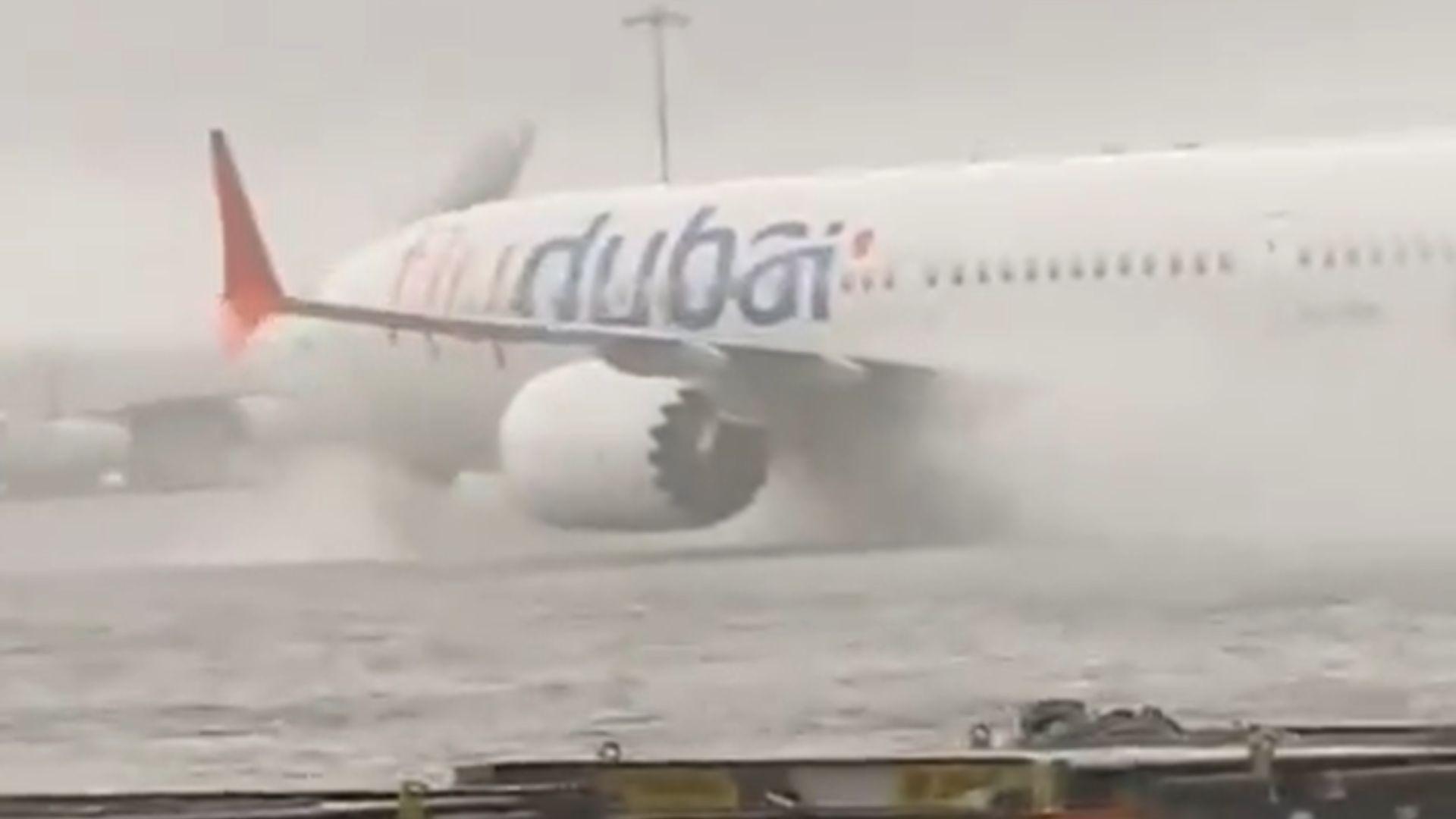
Source: @gunsnrosesgirl/X
The AP Press reported that 22 tankers with vacuum pumps were needed to remove water from the runway to resume flights.
Passengers Left Stranded
Emirates posted on X early on April 19, 2024, that check-in was suspended for their customers until April 20.
![A post on X from the Emirates Support team account regarding passengers stranded in Dubai. The post says, “Emirates is suspending check-in for all customers in our network travelling with onward connections through Dubai until 2359hrs [GMT] on 19 April. This is to support operations recovery from the recent bad weather at our Dubai hub. Passengers already in Dubai and in transit will continue to be processed for their flights. Customers travelling to Dubai as their final destination may check-in and travel as usual. Customers can expect delays to departures and arrivals and are advised to check the latest flight schedules on emirates.com.”](https://images.pastchronicle.com/2024/04/764efa49-img26.jpg)
Source: @EmiratesSupport/X
The reason given was to support operations recovery due to the bad weather in Dubai. Emirates urged customers to contact their booking agent or the Emirates office to re-book their flights.
An Entire City on Shutdown
Due to the extreme weather warnings and the weather that followed, many could not leave their homes.
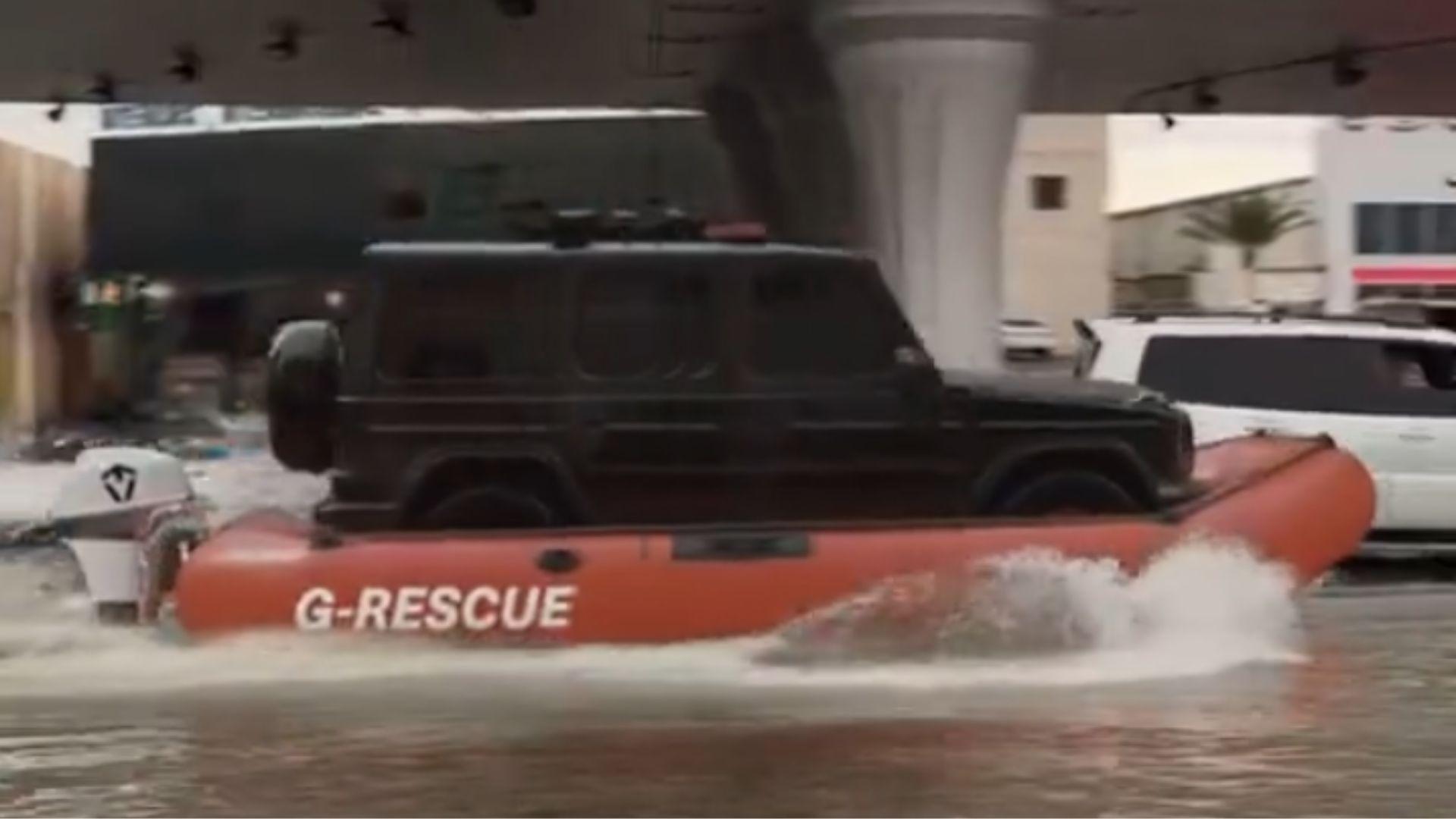
Source: @Zikamnyamane/X
Schools were closed and most workers went back to remote working, with very few having to venture out to go to work and help the flood relief efforts.
At Least Twenty People Have Died
Forbes reported that due to the flash floods, at least twenty people are believed to have died as a result.
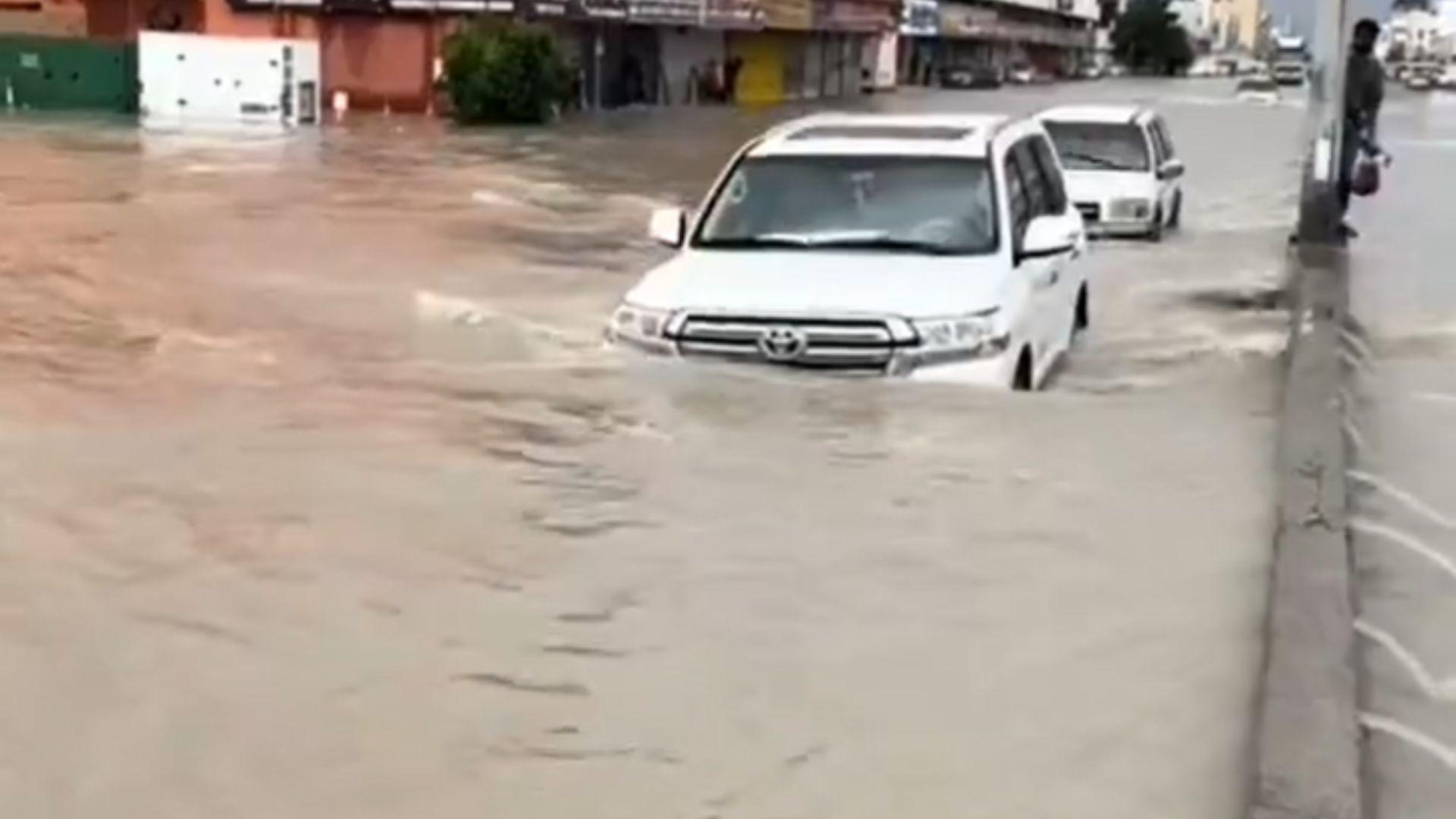
Source: @chude__/X
The deaths include a 70-year-old man whose car was swept away by the floods, as well as an infant and twelve children whose school bus was also swept away by flooding.
Many Found the Rain Scary
The Daily Mail reported that a nine-year-old girl who once enjoyed the rain is now saying that the rain in Dubai makes her scared of it.

Source: @MbaAdol/X
She was helping her mother clear the water from outside her house, who said she hid away from the storm until it had eased.
Not Enough Drainage To Cope
One of the major issues that caused the flooding was the lack of drainage throughout Dubai.
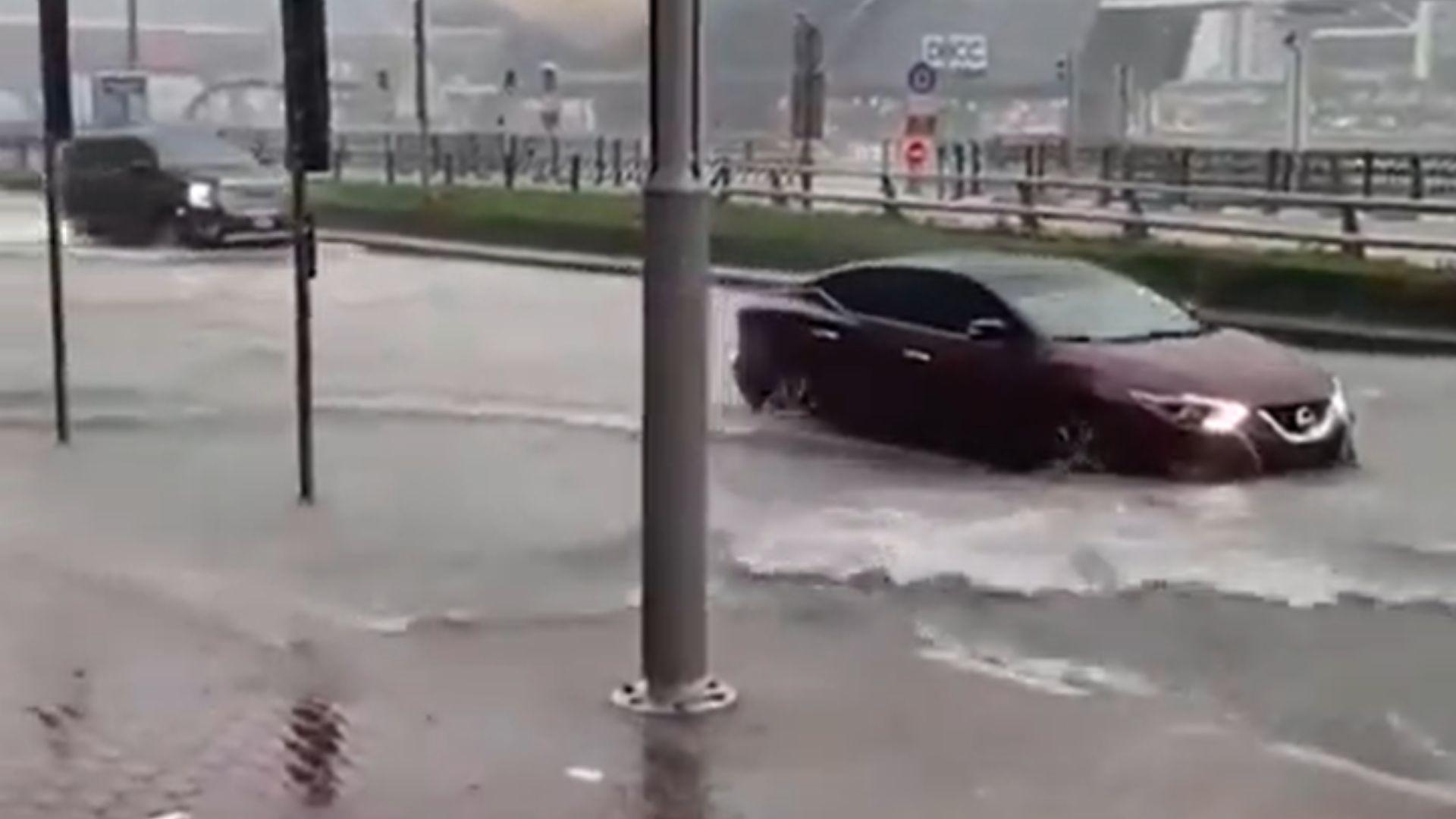
Source: @the_ecofeminist/X
Dubai barely sees any rainfall throughout the year, so the city wasn’t prepared for an event like this.
It Could Cost Billions To Resolve
If recent data is any indication, the cost of resolving the flooding issues in Dubai isn’t likely to be cheap.

Source: Giorgio Trovato/Unsplash
While the exact costs are unknown, AGBI reported that the National Centers for Environmental Information found that each flooding event costs around $4.7 billion in damage.
Dubai Aims to Go Back to Normality Quickly
Not one to let this phase them, Dubai aims to return to normality sooner rather than later.

Source: ZQ Lee/Unsplash
The BBC reported that UAE President Sheikh Mohammed bin Nahyan issued a public order for authorities to study the condition of Dubai’s infrastructure and limit any damage caused.
Global Warming and Desert Climate Change
The unexpected torrential rains in Dubai signal a shift in climate patterns, possibly linked to global warming.

Source: Freepik
As desert regions like Dubai witness unusual weather, experts stress the need for comprehensive studies to understand these anomalies better and predict future climatic shifts.
Clarifying Cloud Seeding Myths
The National Center of Meteorology (NCM) has officially denied conducting cloud seeding operations before or during the record rainfall in Dubai. This statement comes after speculative reports suggested that such activities could have worsened the flooding.

Source: Freepik
Omar AlYazeedi, deputy director general of the NCM, emphasized that the agency “did not conduct any seeding operations during this event” (via CNBC).
Addressing Misinformation on Seeding
Following inaccurate reports linking cloud seeding to the heavy rains, NCM worked to clarify that the rainfall was a result of natural weather patterns.

Source: Public Domain/RawPixel
They stressed the importance of accurate reporting to prevent public confusion and ensure community trust.
Principles of Cloud Seeding Explained
Cloud seeding is a precise science, targeting clouds in their nascent stages. AlYazeedi explained, “One of the basic principles of cloud seeding is that you have to target clouds in its early stage before it rains.”

Source: Dimitry B./Wikimedia Commons
This method was reportedly not applicable during the severe thunderstorms that struck Dubai, making seeding operations unfeasible.
Cloud Seeding's Role in Water Resource Management
Cloud seeding has been instrumental in the UAE’s strategy to combat water shortages, involving over 1,000 hours of operations annually.

Sourc: Marek Piwnicki/Pexels
This technique enhances rainfall, which is vital for replenishing local water supplies and supporting agricultural activities.
Cloud Seeding Examples, United States
Cloud seeding is employed in several states including California, Utah, and Colorado, primarily to increase snowfall for water supply and hydroelectric power.

In California, the Department of Water Resources has been conducting cloud seeding operations since the 1950s in order to increase snowpack levels in the Sierra Nevada mountains. This method has been found to contribute an additional 400,000 acre-feet of water annually (via the California Natural Resources Agency).
Cloud Seeding Examples, China
China has one of the world’s largest cloud seeding systems, using the technology to induce rain and clear air pollution.

Source: Johannes Plenio/Unsplash
The country extensively used cloud seeding to ensure clear skies for important events like the 2008 Beijing Olympics (via The Guardian).
Ensuring Safety During Weather Manipulation
“NCM takes the safety of our people, pilots, and aircrafts very seriously,” stated AlYazeedi.

Source: Freepik
According to his statement, the agency refrains from seeding during extreme weather to avoid compromising the safety and effectiveness of their operations.
Increased Rainfall Trends and Climate Shifts
Recent years have seen a rise in rainfall levels in the UAE, with studies predicting further increases due to climate change (via Reuters).

Source: Pixabay/Pexels
This evolving weather pattern is challenging the traditional desert climate paradigm of the region.
Early Warning Systems and Safety Protocols
Ahead of the storm, UAE’s National Emergency Crisis and Disaster Management Authority issued warnings and safety advice via X.

Source: Pixabay/Pexels
Residents were urged to stay indoors and adhere to safety guidelines to mitigate risks during the unstable weather conditions.
Infrastructure Overwhelmed by Floods
Ultiamtely, Dubai’s infrastructure, designed for minimal rainfall, was ill-equipped to handle the sudden deluge, leading to flooded roads and airports.
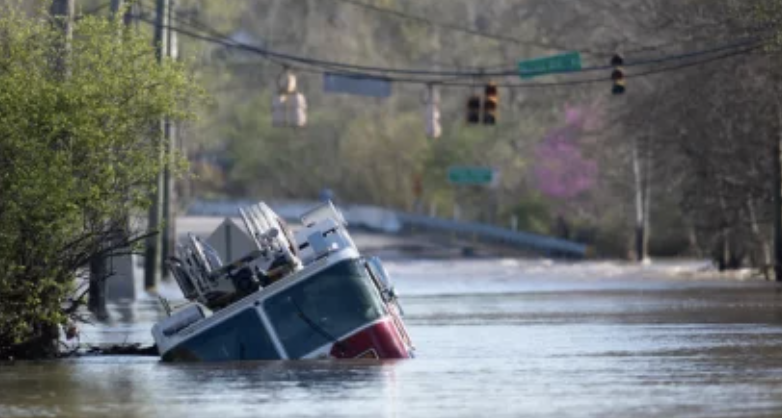
Image: floodreadytn.com
The city’s drainage systems were unable to handle the sheer amount of rain water, highlighting the need for infrastructural adjustments in light of changing climate patterns.
Planning for Future Weather Extremes
Considering the increased frequency and intensity of rainfall, Dubai is prompted to reevaluate its infrastructure and urban planning policies.
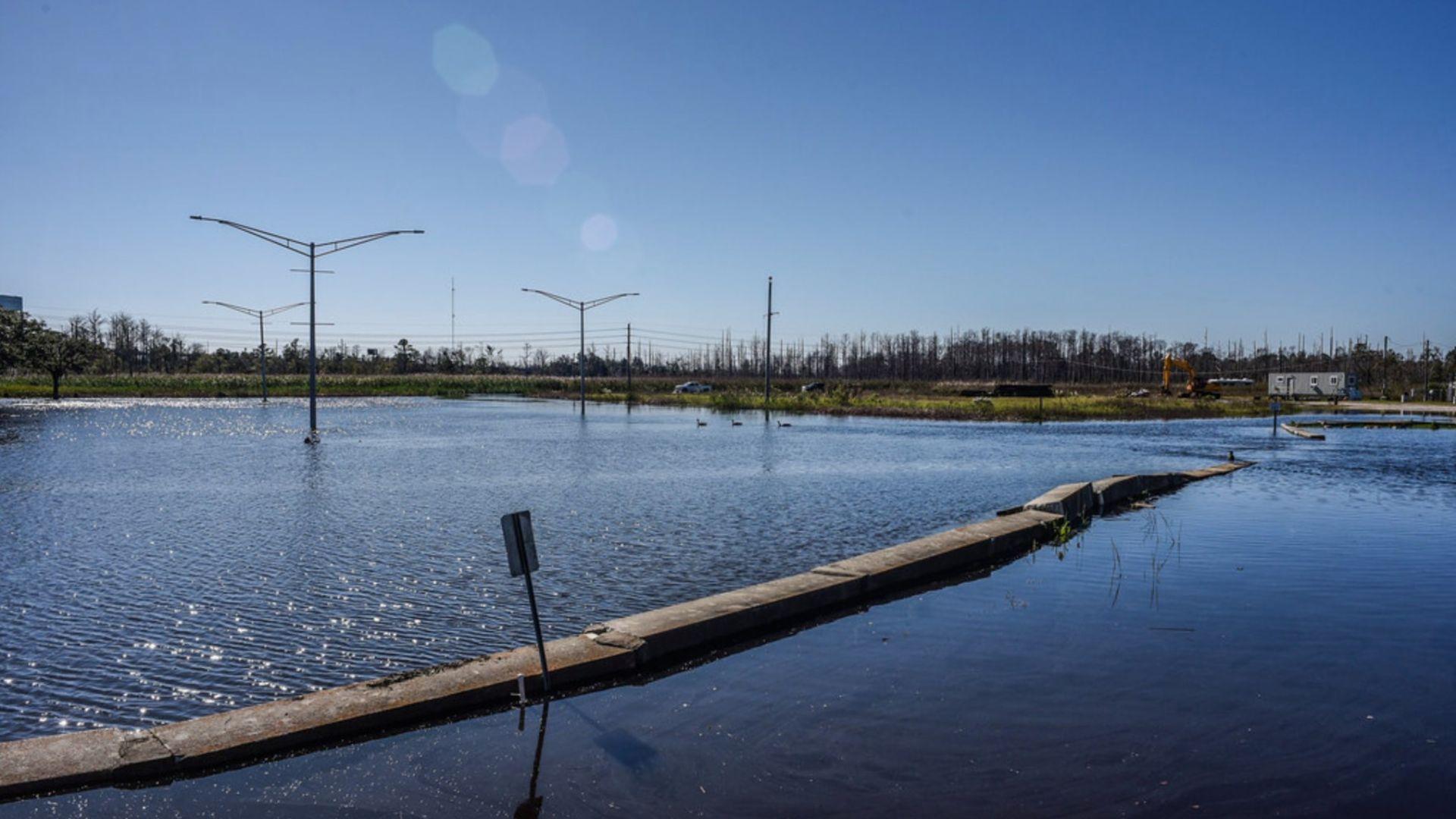
Source: Eagle Island Nature Park/Facebook
Enhancements are necessary to better withstand such extreme weather events, ensuring quicker recovery and minimal disruption in the future.
